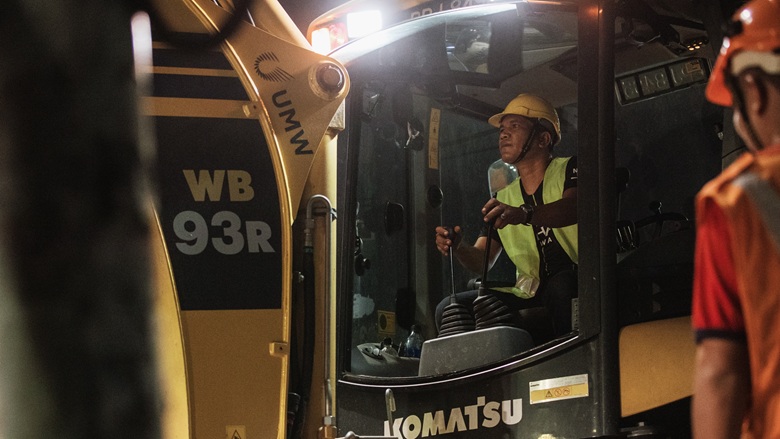As dawn breaks over the Philippines’ terraced rice fields, farmers load harvests onto trucks traveling along newly constructed farm-to-market roads. In Indonesia’s tourism villages, entrepreneurs welcome visitors to experience cultural traditions while browsing handcrafted goods marketed through digital platforms. On Fiji’s Vanua Levu Island, construction crews break ground on climate-resilient infrastructure for previously underdeveloped regions.
These transformations illustrate how strategic investments are creating jobs across East Asia and Pacific (EAP)—a mission never more urgent. With 1.2 billion young people in developing countries reaching working age over the next decade, and only about a third likely to find work unless job creation accelerates, the stakes are high. In EAP alone, about 320 million people will reach working age, yet current projections suggest only 110 million new jobs may be added.
Jobs: The Most Effective Path Out of Poverty
As one of the world’s fastest-growing regions, EAP has created 131 million new jobs over two decades, with a dramatic shift from traditional farming toward services and manufacturing. This growth has lifted living standards across the region, with the shift from agriculture to manufacturing and services driving poverty reduction in most EAP countries since 2010. For example, growth in labor income from these sectors accounted for nearly all of Viet Nam’s poverty reduction between 2010 and 2020, with similar patterns in Cambodia, the Philippines, and Thailand.

Supporting EAP’s Journey with Financing and Knowledge
The World Bank Group partners with governments and stakeholders to shape policies, finance investments, and catalyze private capital to drive job creation. Through knowledge and data, the Bank identifies obstacles to private sector growth and investment.
The Country Growth and Jobs Reports for the Philippines and Indonesia provide practical policy recommendations. In Indonesia, analysis shows job quality is an issue, while in the Philippines, further gains depend on implementing reforms to sustain spatial convergence, unlock productivity, improve resource allocation, and reverse the economy’s inward shift.
The World Bank’s Development Policy Lending (DPL) has been crucial for implementing reforms:
The Philippines Sustainable Recovery DPL supported reforms to open infrastructure services to foreign investment, potentially increasing manufacturing productivity by 3.2 percent and boosting job creation.
The Indonesia Investment and Trade Reforms DPL attracted private investment and reformed trade policy, increasing Foreign Direct Investment by 23 percent in liberalized sectors, potentially generating 3.2 million new jobs by 2026.
The Cambodia Growth and Resilience Development Policy Operation fostered a more competitive environment by streamlining business registration and improving SME credit access, cutting processing times for new business licenses by 30 percent.
New job-oriented operations are underway in the Philippines and Indonesia. The Philippines Inclusive Growth and Jobs DPL tackles constraints to private investment and skills development, while Indonesia’s Jobs and Growth DPL could create about 700,000 additional jobs by 2026.

